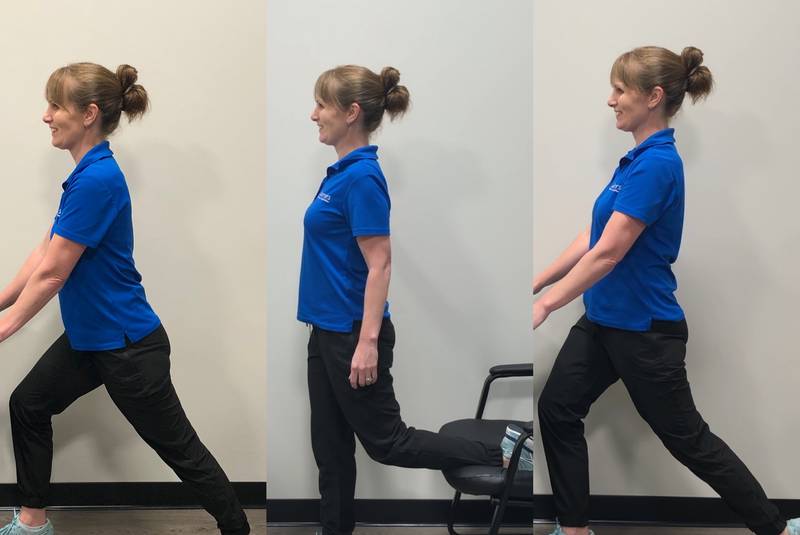Book an assessment with Zoomers now!
Use our online booking tool to find a time that works for you!
In several of my other articles, I have discussed ways to help you get moving with a walking program. I also introduced a few physio exercises that would contribute to better strength and balance while walking.
While I have always been a fan of walking programs as a physio, I realized just how critical they can be to help clients get moving during the COVID19 pandemic. I have never had more people tell me they were out walking every day as I did during that time. As we lost access to our recreational facilities, a daily walk became the most accessible way to get moving and the sidewalks were very busy!
While I was thrilled to have so many physio clients get out and get moving more, I noticed that there was one key step many were missing: stretching. Any time we start to get moving with a new activity or increase its volume/frequency, it can be expected that the body will need to adapt to the change. Sometimes we forget that walking does put (healthy) strain on the body and thus underestimate the impact of these changes in routine. Without addressing the natural tightness that develops in the muscles used most during walking, we can be vulnerable to having pain develop in our ankles, knees, hips and back when we start to get moving.
Here are my three favourite stretches that I often use as a physio to maximize performance and comfort when walking.
Calf
- Stand facing the wall and step one leg backward.
- Keep the back leg straight (heel down) and bend the front knee.
- A stretch should be felt in the back of the lower leg, below the knee.
Quadricep
- Stand holding something for balance.
- Place one foot up on the seat of a chair behind you while continuing to stand in upright posture.
- A stretch should be felt in the front of the thigh near the knee.
Hip Flexor
- Stand holding something for balance.
- Take a large step forward and keep the front knee bent.
- Lift the back heel up while letting the back knee bend slightly.
- A stretch should be felt in the front of the thigh near the hip.
Each stretch should be held for 20-30 seconds and repeated two to three times. These are most beneficial after a walk to relieve the tightness that has been generated during exercise. They should not cause pain in the muscles or joints.
Walking programs are a great way for us to get moving, but without stretching at the end of the walk, you may become tight and sore. These stretches might even save you a trip to physio by helping prevent an injury before it happens!
If these positions are painful or don’t work for you, book with a Zoomers physiotherapist for an individualized assessment. Of course, we have a lot more than three muscles in our legs, you might learn that you will benefit from stretching additional muscles as well!
A walking program is a great way to get out and get moving, but just remember the importance of stretching after your walk! A Zoomers physio can provide instruction on how you can best prevent and manage your specific walking-related muscle tightness.
Now that we’ve discussed walking programs in several articles, you should be ready to start! Get ready, get set and get moving!
Book an assessment with Zoomers
Use our online booking tool to find a time that works for you!


